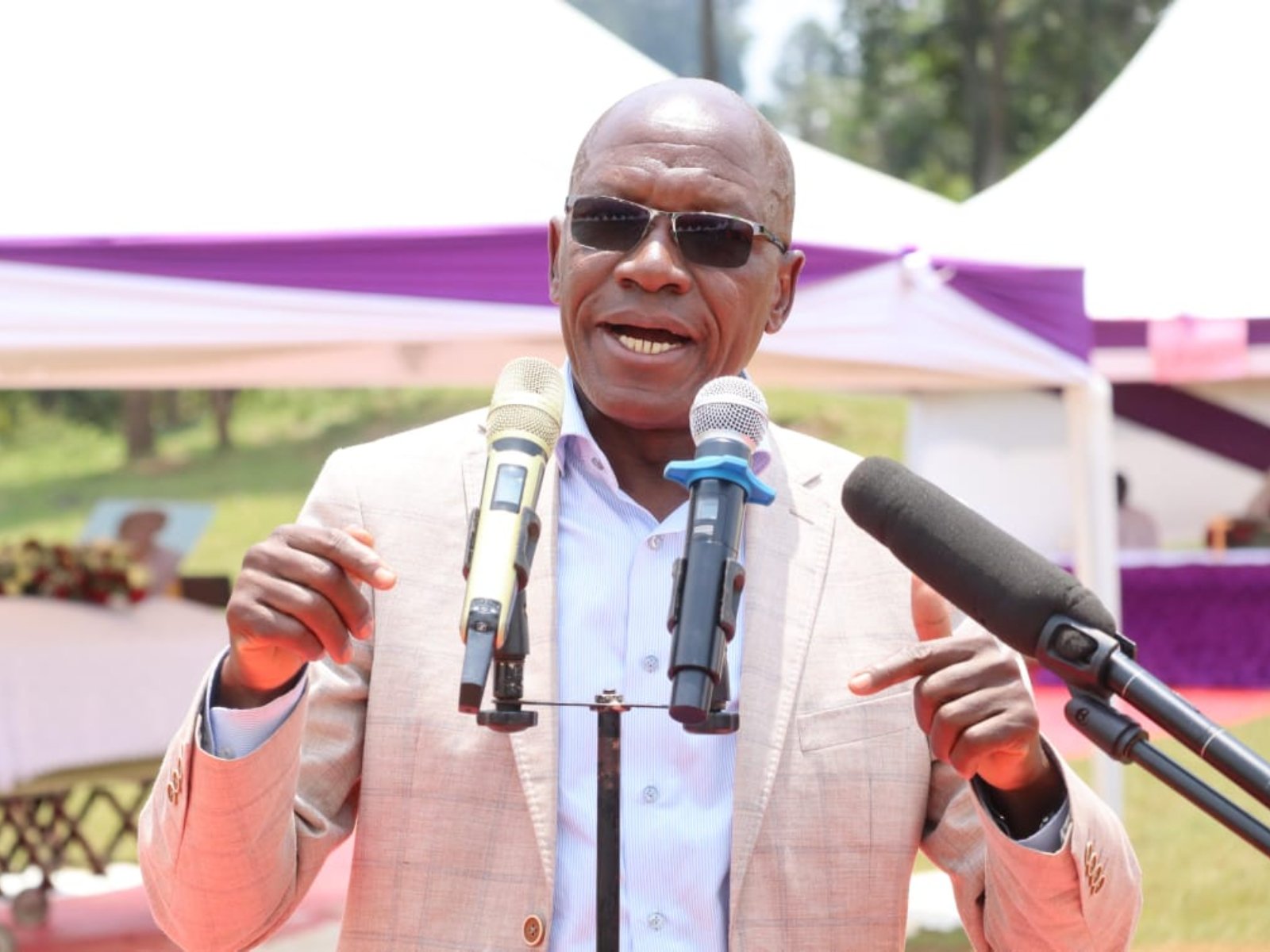KP system losses worsen amid looming price hikes

Kenya Power’s (KP) systems losses increased by 3.59 per cent by end of December 2022 when it surpassed the allowable margins set by the Energy and petroleum Regulatory authority (Epra). The increase in the system losses, which is the difference between power generated and power finally consumed, points to the challenges that continue to dog the utility thus impacting its bottom line and cost of electricity.
According to the latest statistics by Epra, the KP’s systems losses hit 23.49 per cent during the period, meaning the power utility lost an additional 1.06 per cent of power it procured between July and December 2022. By end of June 2022, system losses were at 22.23 per cent.
“During the review period, Kenya Power purchased 6,671 GWh and sold 5,104 GWh. The system losses for the period accounted for 23.49 per cent against the allowed system losses of 19.9 per cent,” Epra said in the biannual energy and petroleum statistics report for the 2022/23 financial year.
The hike in system losses comes at a time when Kenya Power has been significantly expanding its network over recent years. In the review period, additional 105,613 new customers were connected bringing the cumulative number of connected customers to 9.01 million.
Illegal connections
System losses are either technical or commercial, with the latter being inherent to the power system and are proportional to the efficiency of the transmission and distribution network. Commercial losses occur due to power supplied to illegal connections, meter tampering and fraudulent use of electrical energy.
System losses, taxes, and cost of power generation are among the factors that are usually considered in the pricing of the final cost of electricity sold to households and businesses. Kenya Power has been investing heavily in cutting system losses, use of technology, and switching to less costly renewable energy in an attempt to cool down the high-power cost while protecting its revenue levels. However, for the half-year period to December 31, the utility reported an after-tax loss of Sh1.14 billion. The company attributed the loss to increased foreign exchange losses and the implementation of the 15 per cent reduction of the end user electricity tariff as recommended by the government in January 2022.
Growth in electricity sales of 4,764 Gwh during the review period was driven mainly by growing energy demand occasioned by increased economic activities and an expanded customer base, the utility generator said. The power distributor is expected to implement another round of power cost hike from next month as it rushes to boost its coffers that have been impacted by the rise in operation costs. Last year, International Monetary Fund gave Kenya fresh loan conditions requiring Kenya Power to fully bridge its financial gaps by end of 2023 through a joint action plan by National Treasury, Kenya Power, and Ministry of Energy.












